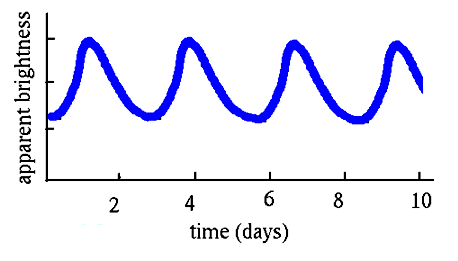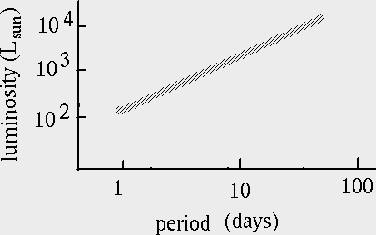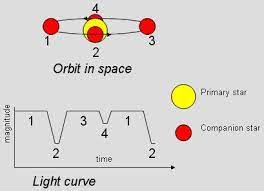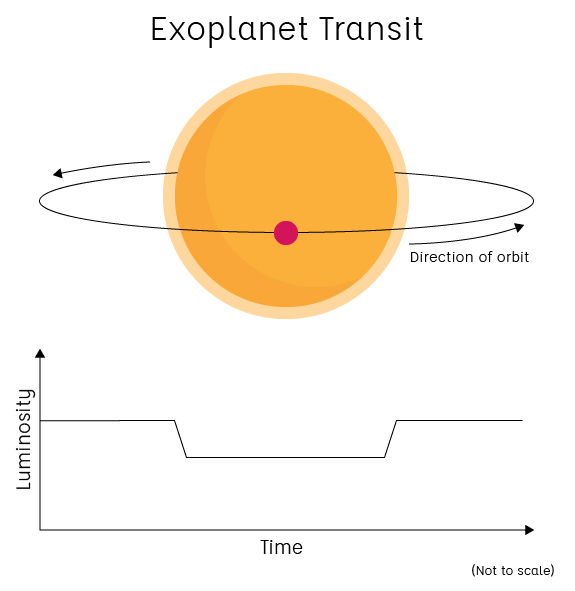
Parallax is a method of using two points of observation to measure the distance to an object by observing how it appears to move against a background. One way to understand parallax is to look at a nearby object and note its position against a wall. If you look with just one eye, then the other, the object will appear to move against the background.
Parallax formula:
d=1/p
tan p= 1AU/d:
Since the star will be very far away, we can make the assumption that tanp is about equal to p. That simplifies our parallax formula to;
p=1AU/d, or in other words, d=1AU/p:
Astronomical units are not the most convenient units to work with, though, so instead we define a parsec to be the distance to a star that shows 1 arc-second of parallax angle. Our formula then becomes;
d=1p parsecs:
Where p is measured in arc-seconds. 1 parsec is about 3.3 light years.

The chepheid variable star, are stars which brigthen and dim periodically. This behavior allows them to be used as cosmic yardsticks out to distances of a few tens of millions of light-years.

There is relation between the period and brightness such that once the period is known, the brightness can be inferred.

Formula:

Linear regression or linear fit is a mathematical model used to approximate the dependency relationship between a dependent variable
Formula:

Is a system formed by two stars whose orbital plane is oriented towards the Earth, in such a way, that from our perspective, they undergo mutual eclipses and transits.

This method only works for star-planet systems that have orbits aligned in such a way that, as seen from Earth, the planet travels between us and the star and temporarily blocks some of the light from the star once every orbit.
